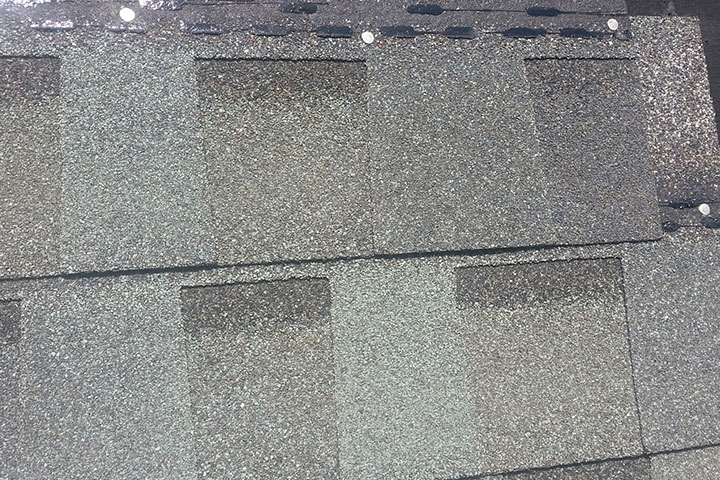3 Shingle Installation Mistakes That Are Easy To Avoid
A roof that isn’t installed precisely can be incapable of standing up to extreme weather conditions. Here are some of the most common details that, when improperly executed, can hurt the performance of your shingles.
1. Improper Nailing
The obvious purpose of proper nailing is to ensure that shingles stay in place and don’t cause leaks.
In laminate shingles, the nailing zone is clearly marked on the face of the shingle to include the double-layer portion of the shingle down to the exposure. Properly placed nails go through two layers of shingles – penetrating through the previous shingle course underneath – attaching them securely to the roof deck. Nails placed outside the nailing zone can void the roof’s warranty and prevent shingles from performing as intended during extreme weather.

2. No Starter Shingles
The starter shingle’s two purposes are water protection and wind protection at the eave and rake (gable end). A starter shingle is used to seal with the field shingle at the first course along the eave and rake. This helps prevent wind and water from getting beneath the shingle in these critical locations. When roofers don’t use starter shingles and install the first course of shingles directly onto the eave or rake the roof may be at risk for wind and or water damage.

3. Improper Shingle Alignment
Roof shingles are intended to be precisely aligned, both vertically and horizontally. Roofers should lay out each course of shingles in a staggered, stepped pattern (like a brick wall). The shingle edges of one course must be offset from the shingles below. Edges lined up with each other would allow water to seep through to the roof deck. Installing shingles too high or too low compared to the previous course can affect the exposure, which affects the wind performance and seal strength of the roof.

Roofers who are careful to avoid these mistakes can eliminate unintended problems after installation. Using a starter at the eaves and rakes can ensure that the installation is off to a good start. Paying attention to proper nailing within the nailing zone on all courses up to the ridge can optimize the roof’s performance against wind and rain. Finally carefully aligning each course of shingles both vertically and horizontally will give the finished roof a professional appearance and help improve the singles performance in extreme weather conditions.